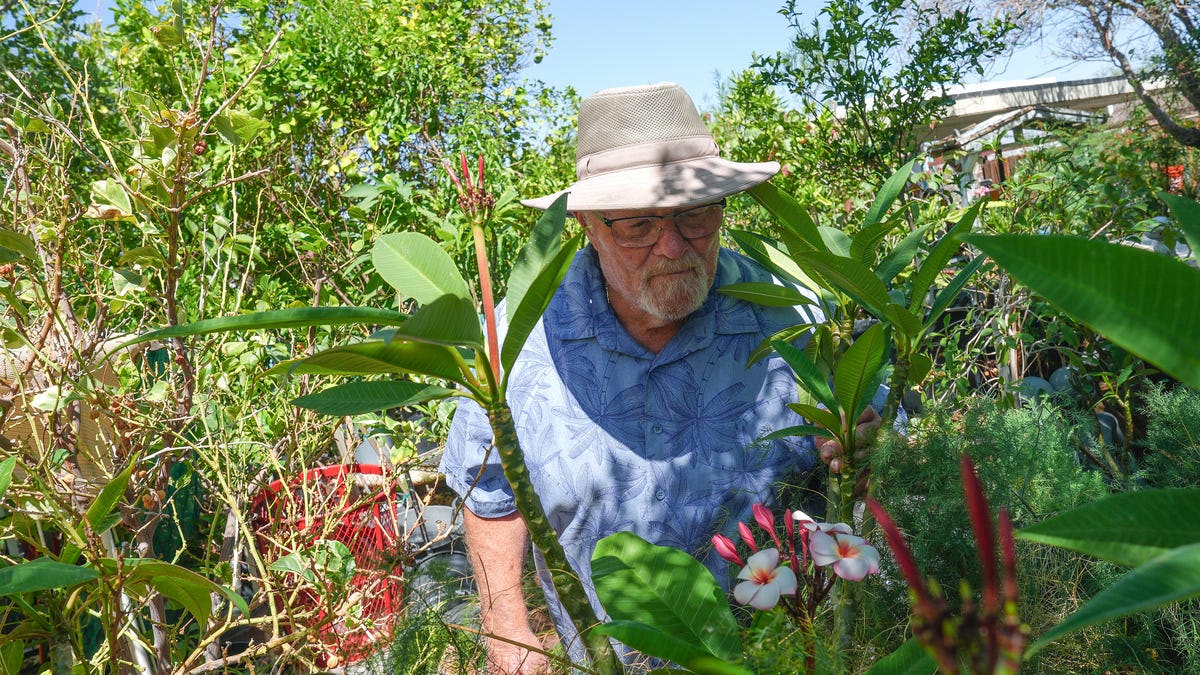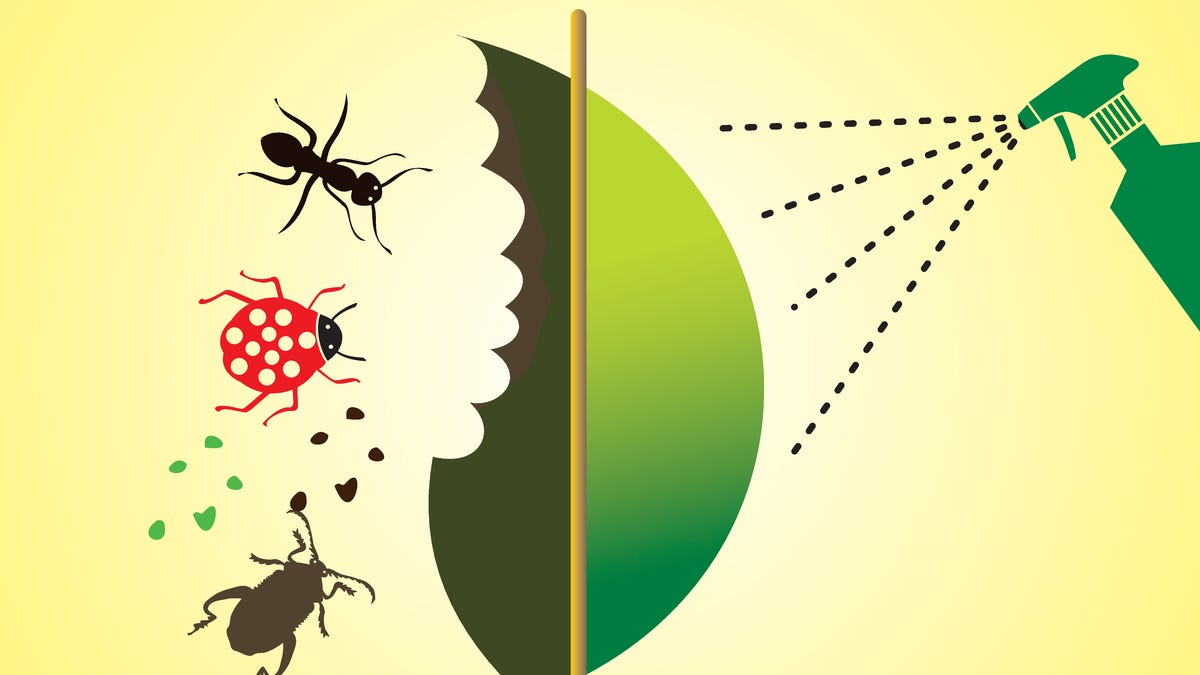April’s Earth Month should have made us curious about what we can do to tread more lightly on the planet. We may think of reusing and recycling or driving less, but we’re less likely to focus on gardening to heal our beleaguered environment.
But it turns out that changing our gardening practices may be one of the most impactful ways we can aid the Earth.
Wild Ones, a national nonprofit with a chapter here in Colorado, was formed to help people transition away from “big box” gardening that relies on chemicals and plants ill-suited to our conditions, to Coloradoscaping. That’s the term gardening advocates use to describe landscaping our homes, balconies and parks with mostly plants that are native to Colorado or our neighboring states. This has some obvious benefits, like using less water to sustain our landscapes. Colorado is the seventh-driest state, with the Front Range averaging around 18 inches of annual precipitation. Compare that to nearly 50 inches in places like Illinois or Massachusetts.
During the growing season, more than half of our residential water is used for our landscapes, particularly the ubiquitous and thirsty Kentucky bluegrass (which, despite the name, comes from Europe). So ditching your poorly suited turfgrass (or some of it) for less thirsty plants has obvious water-saving benefits. The concept, originally termed xeriscaping, has long found favor with Colorado cities seeking ways to stretch our water supplies.
Insect apocalypse
But xeriscaping, commendable as it is, fails to capture some of the most important environmental benefits of Coloradoscaping. Transitioning to native plants in our landscapes helps solve two of the major planetary crises we are facing: loss of biodiversity and climate change. While biodiversity loss is wide-ranging, there is also an ongoing “insect apocalypse,” a decline of as much as 75% of insect populations.
You may be thinking that you don’t even like bugs, so good riddance. But insects are the engine that drives our ecosystems; along with plants, they form the base of the food web that sustains birds, wildlife and fish. Like birdwatching or trout fishing? Without insects, the fabric of nature as we know it ceases to exist.
I am particularly fond of the chickadees that visit my yard all year round. I was surprised to learn that chickadee parents need 6,000 to 9,000 caterpillars to sustain their young until they leave the nest, according to entomologist Douglas W. Tallamy. Many adult birds rely on insects as a primary food source. How does landscaping with native plants help? Many of our native insects and pollinators have evolved to eat only plants that they co-evolved with. In other words, that non-native Asian flowering shrub that you planted is inedible to Colorado’s insects. If there are no native plants in their area, the 1000-plus species of native bees in Colorado have nothing to eat.
The beloved monarch butterfly caterpillar is famously able to eat only milkweed, a small group of plants native to North America and Colorado. Planting native plants in our landscapes feeds the butterflies, wildlife and fish that make our state so spectacular.
Climate change
Aside from reducing our outdoor water use, how does Coloradoscaping help us address the climate crisis? In prairie environments like the Front Range, it’s all about the roots. That is, plants native to the shortgrass prairie where Denver is located have amazingly deep root systems that gather and sequester carbon that would otherwise remain in the atmosphere to contribute to climate warming. Healthy native prairie ecosystems can absorb and hold as much carbon as a forest; it just happens below the surface. Consider that Kentucky bluegrass generally has roots that are around 6-10 inches deep. Native plants such as leadplant (a favorite of mine) have dense root systems that are more than 15 feet deep and 5 feet wide. These deep root systems help these plants survive challenging conditions and retain water, hold soil in place, and help absorb floodwaters in storm events.
It’s been proven that landscaping with native plants has a positive impact on the planet. But if it leaves you with a garden that doesn’t bring you joy and beauty, you’re not going to be inspired to roll up your sleeves and transform your landscape. Luckily, not only can Coloradoscapes deliver all the benefits described above, they also provide a kind of beauty that reflects our unique sense of place here in the Great Plains and Mountain West.

Many Colorado residents are here at least in part because of our state’s natural beauty and diverse landscapes. Landscapes powered by native plants enable us to surround our homes and communities with a slice of that beauty in our own backyards.
How to get started
In an upcoming column, we’ll address how to create a native garden, where you can find native plants, how to plant and care for them, and what the best plants are to start with. For a deeper dive, sign up for the Getting Started with Native Plants workshop at Harlequin’s Gardens in Boulder, at harlequinsgardens.com. You can also check out the Wild Ones Front Range website, frontrange.wildones.org, which has a video about Coloradoscaping, a toolkit of information on how to design, plant, and maintain native plant landscapes, and a wealth of resources to inspire and inform you.
Our partner organizations like the Colorado Native Plant Society, People and Pollinators Action Network and Denver Audubon also have great resources for native plant enthusiasts.
Ayn Schmit is a freelance writer and member of the Wild Ones Front Range Chapter, a nonprofit organization. For information, email [email protected].










